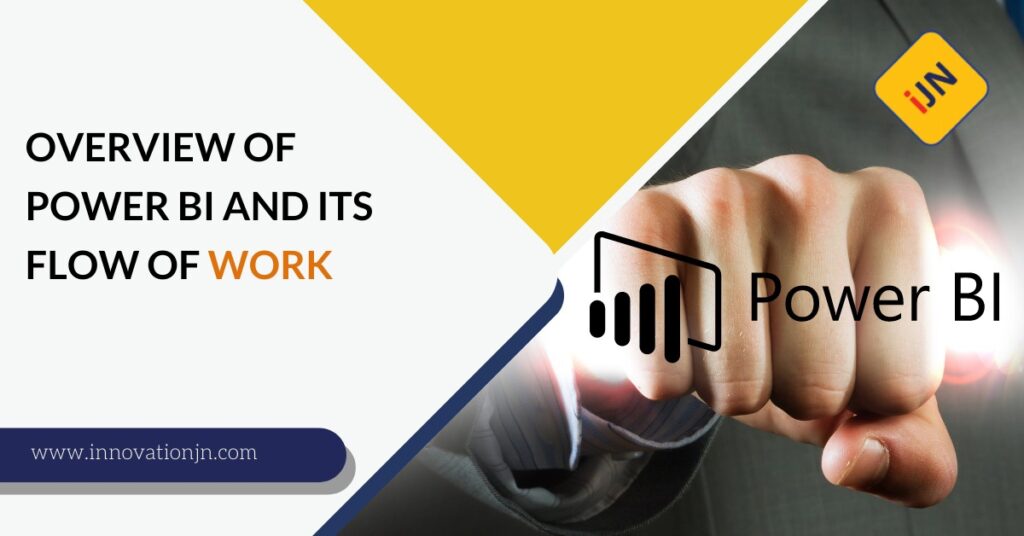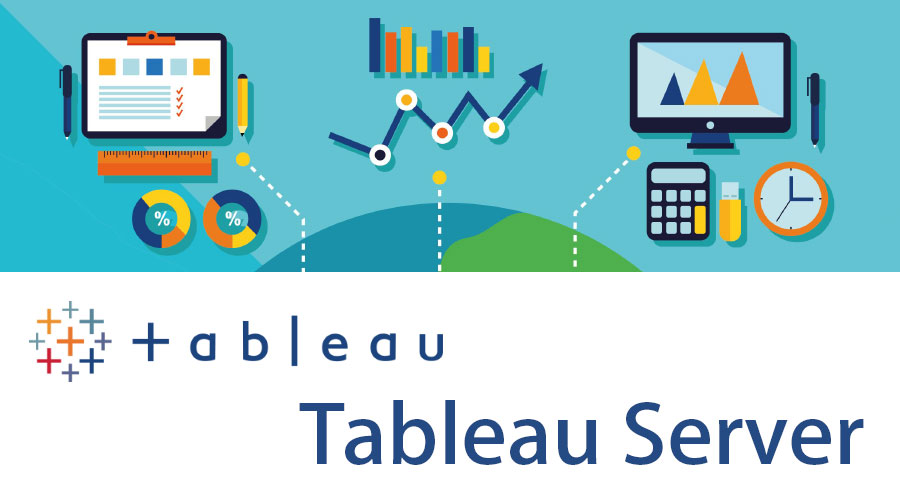Overview of Power BI and its flow of work

Power BI is a tool that helps organizations gain insights from their data. It can be used to create visualizations and reports from various data sources. Power BI is a cloud-based service, which means it can be accessed from anywhere with an internet connection. It can help organizations make better decisions. While it requires some […]
The 10 Best Tableau Data Visualization To Follow

You must be looking for the best tableau data visualization to follow since you are reading this article. Before we dive into the world of Tableau data visualization, it is for the best we got to know what tableau data visualization means and more about it. What is Tableau? What is a tableau? It is […]
How Blockchain is Revolutionizing the Supply Chain Industry

Let’s face it. The fourth industrial revolution is already here. In the digital age, AI and Cloud computing are seen as the most disruptive technologies. The implications are everywhere- from real-time work document-sharing across different locations, the Internet of Things, Data Science, and everything else. There is, however, another silent contributor that gets overlooked in […]
Technology Merger Integration

In this article, we will read about the basics of technology merger integration. Then we have all the upcoming mergers and acquisition components. Moving on to we will read about whether one should even choose technology merger integration as a strategy, and of course a structured plan on how to execute it. Keep reading, because […]
